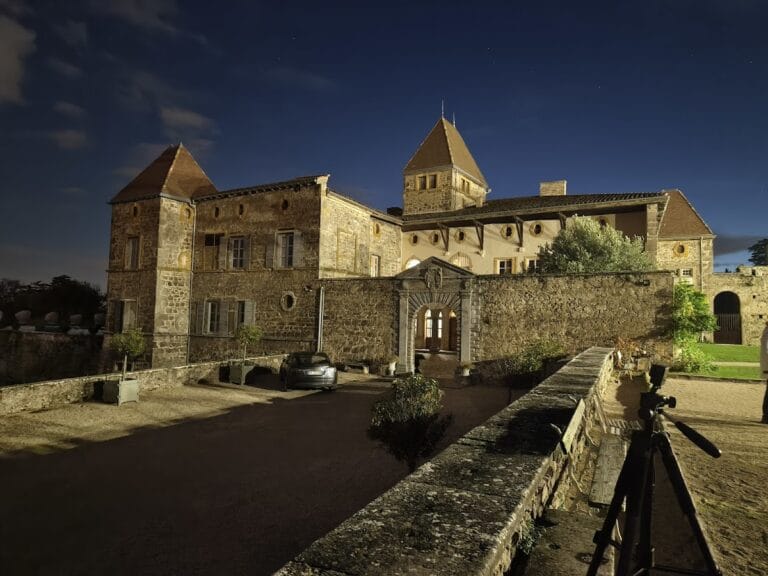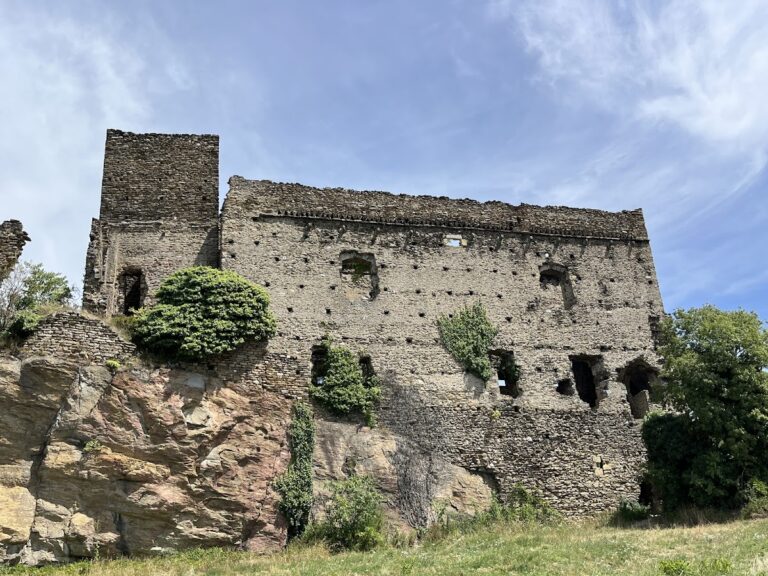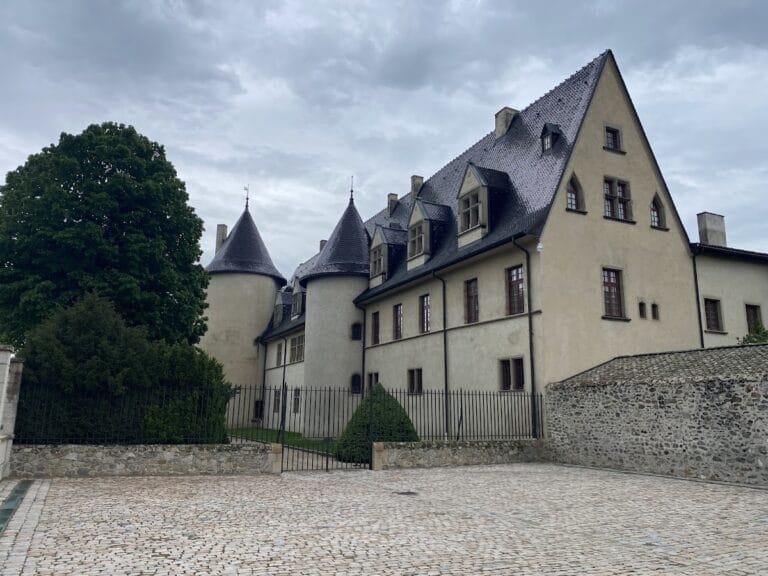Aqueduc romain du Gier (pont des Granges): Roman Aqueduct in Chabanière, France
Visitor Information
Google Rating: 4.2
Popularity: Very Low
Google Maps: View on Google Maps
Official Website: www.aqueduc-romain-du-gier.fr
Country: France
Civilization: Roman
Remains: Infrastructure
History
The Aqueduc romain du Gier (pont des Granges) is located in the municipality of Chabanière, France. This impressive structure was built by the Romans during the first half of the 2nd century AD, a period marked by extensive infrastructure development across the Roman Empire.
Constructed under Roman Imperial authority, the aqueduct was part of a larger system designed to supply water to the city of Lyon, then known as Lugdunum. Its route maintained a generally northwest direction, crossing multiple valleys and communes, including the area around Chabanière. The aqueduct’s construction reflects the Roman commitment to urban development and public utility, ensuring a steady water supply to support the growing population and civic needs of Lyon.
During the reign of Emperor Hadrian, who ruled from 117 to 138 AD, the aqueduct was protected by imperial decree. A Latin inscription discovered near Chagnon, close to the pont des Granges, forbade agricultural activities near the structure. This regulation highlights the importance of maintaining the aqueduct’s integrity and the direct involvement of Roman authorities in its upkeep. The aqueduct remained in use for several centuries.
Remains
The remains of the Aqueduc romain du Gier (pont des Granges) reveal a sophisticated engineering work typical of Roman hydraulic construction from the 2nd century AD. The aqueduct’s channel was built using masonry coated with a waterproof mortar made from crushed brick or ceramic mixed with lime. This coating was essential to prevent water leakage and was protected by a barrel-shaped vault, a curved roof structure that helped shield the channel.
Most of the aqueduct was constructed underground within trenches that were then filled with earth, making the water channel largely invisible and well protected from external damage. This design choice also helped maintain a steady and gentle slope, approximately one millimeter per meter, allowing water to flow slowly at about one meter per second. This careful gradient prevented erosion or damage to the lining.
Above ground, the aqueduct crossed valleys and uneven terrain using bridges and rows of arches, though these elevated sections accounted for only about five percent of the total length. The pont des Granges is part of this network of above-ground structures, showcasing the Roman ability to adapt their engineering to challenging landscapes.
One of the most remarkable features of the aqueduct system is the use of siphons to cross deep valleys. This advanced technique, rare in Roman aqueducts, involved using pressure to push water through pipes across dips in the terrain, demonstrating the complexity of the hydraulic engineering employed near Lyon.
Maintenance was facilitated by regularly spaced shafts with openings in the vault. These shafts allowed workers to access the channel for cleaning and repairs. In underground sections, these appeared as wells, while on above-ground parts, they took the form of manholes. Boundary stones marked the monument’s limits, including one at Chagnon bearing an imperial inscription that forbade cultivation near the aqueduct, underscoring the official protection of the structure.





